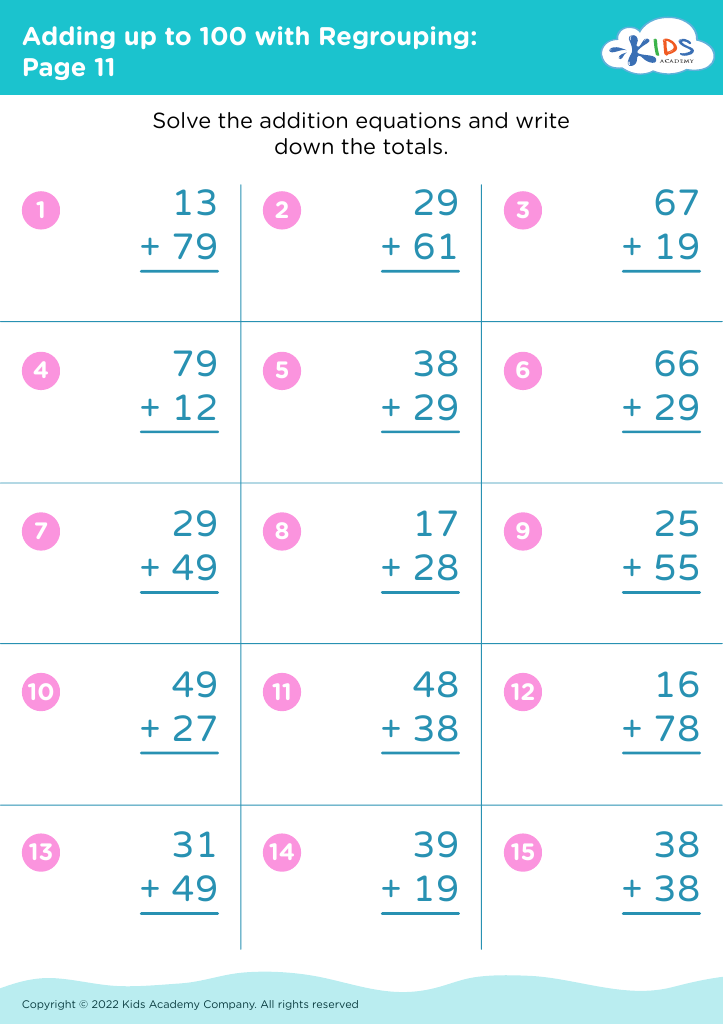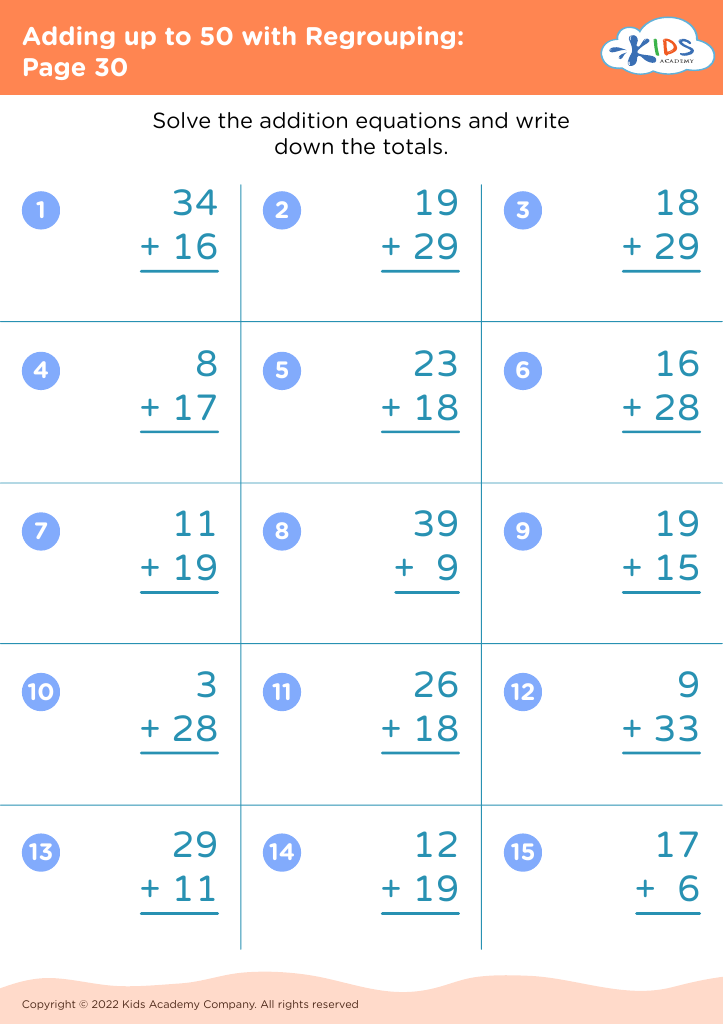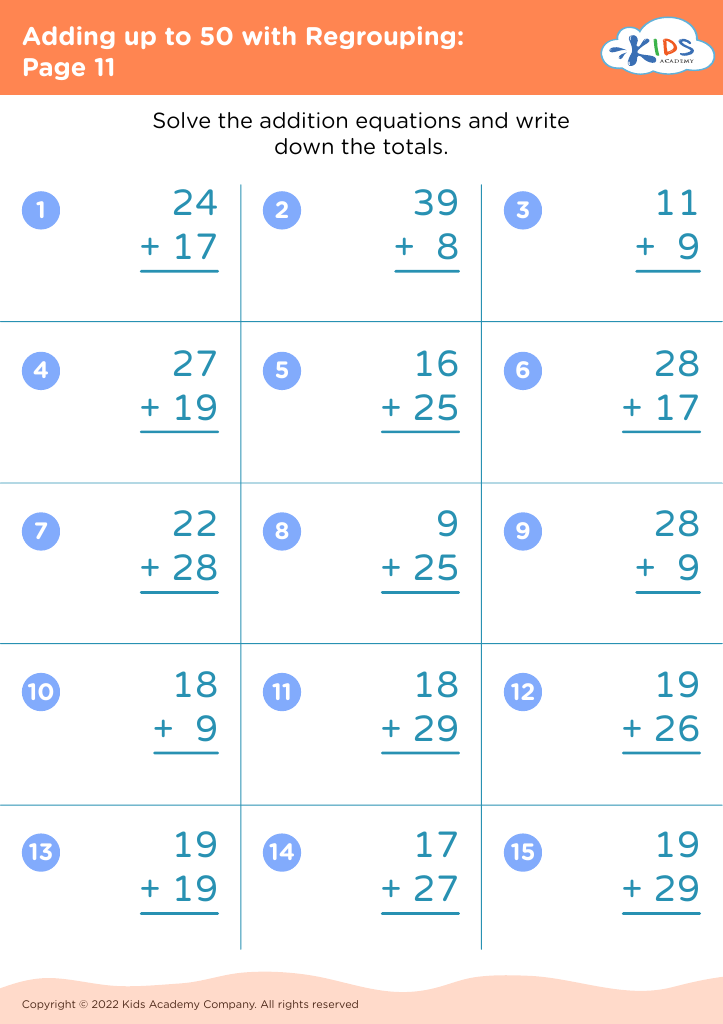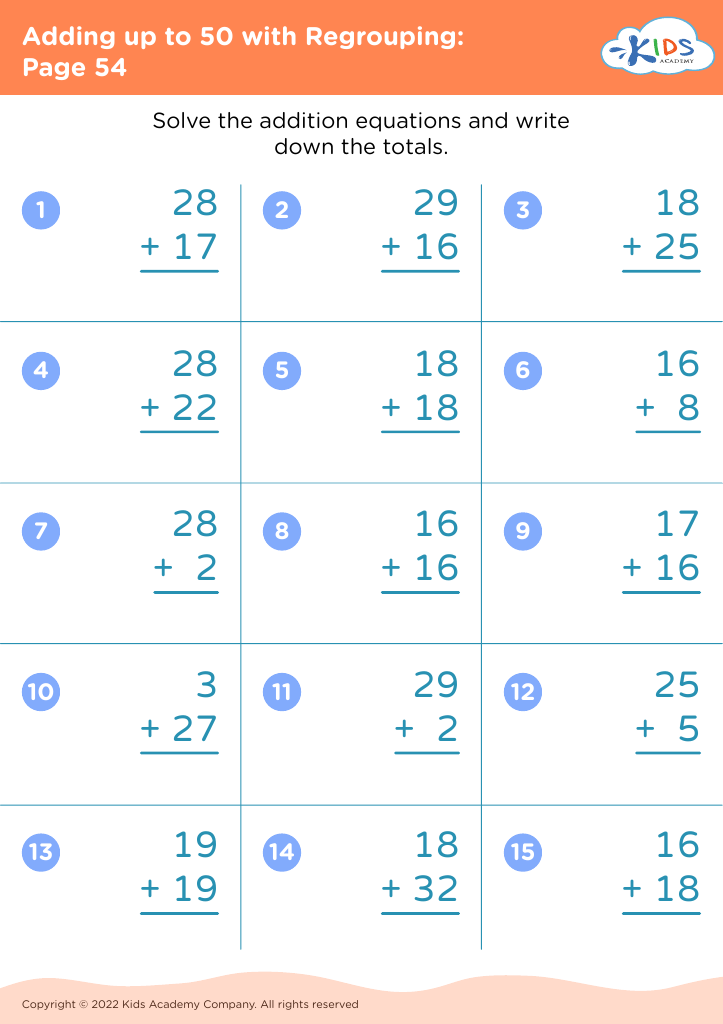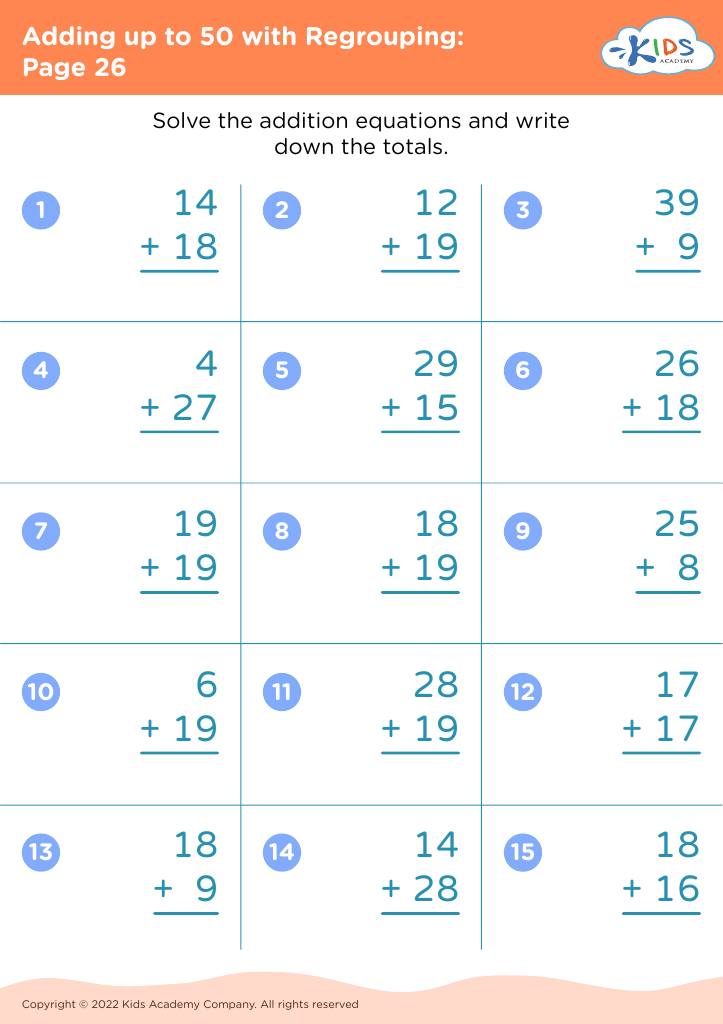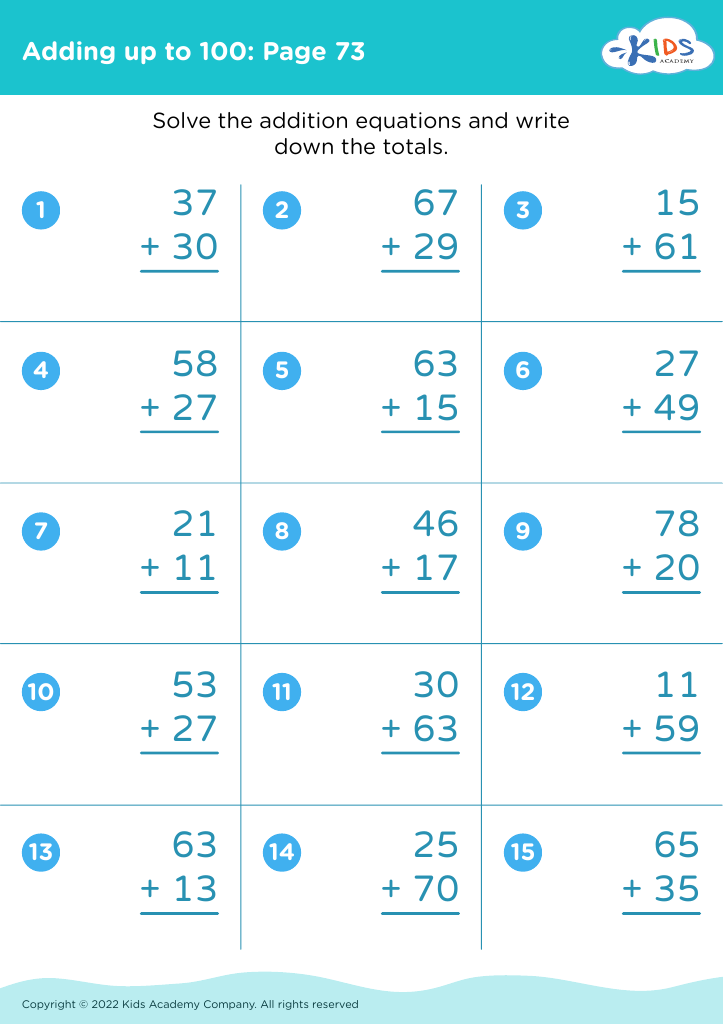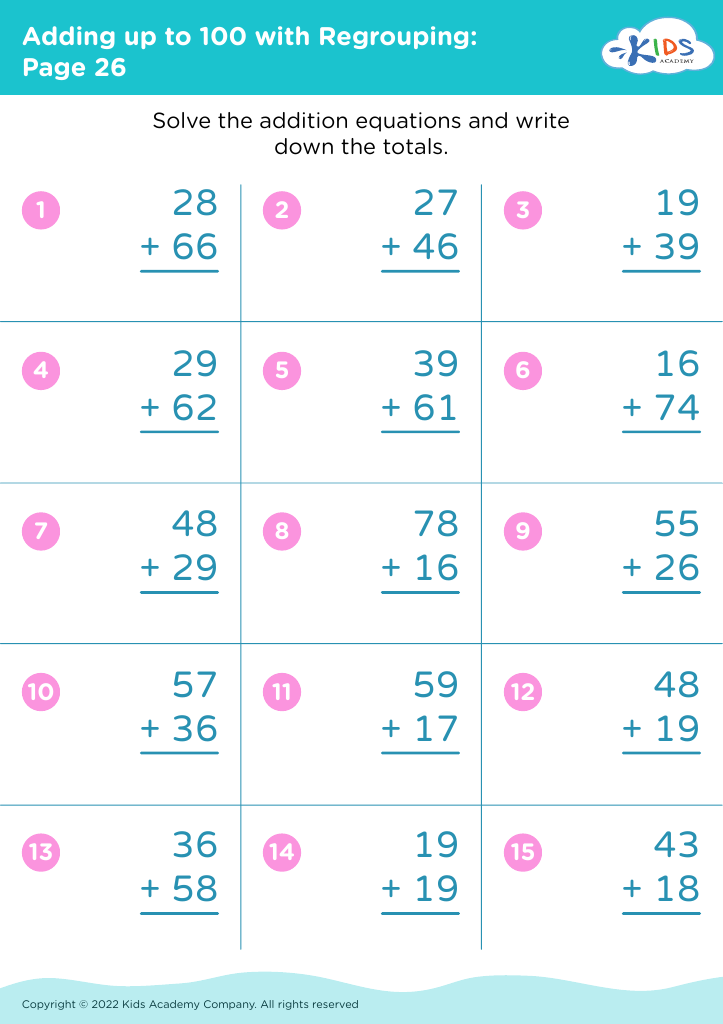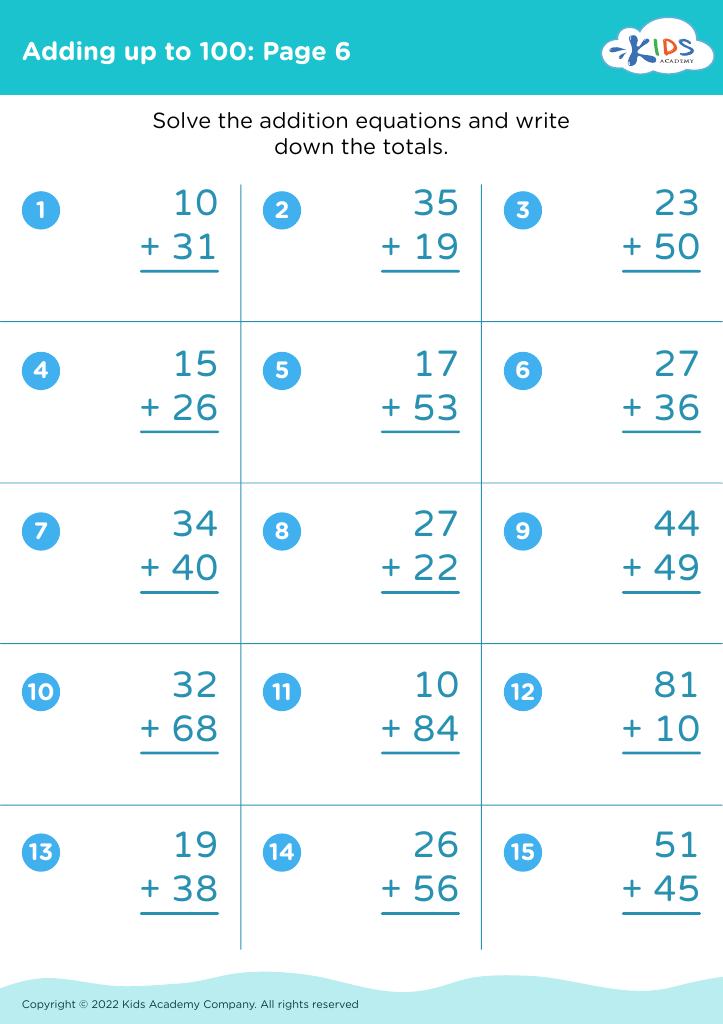Color Identification Worksheets for Ages 8-9
40 filtered results
-
From - To
Enhance your child's color recognition and cognitive skills with our engaging Color Identification Worksheets for ages 8-9. Crafted by educational experts, these printable worksheets merge fun and learning, helping kids confidently identify, analyze, and categorize colors. Perfect for complementing school curriculum or enriching homeschooling activities, each worksheet provides meaningful practice in identifying a variety of hues and shades. Whether used in classrooms or during at-home study sessions, these resources support visual and cognitive development while keeping young minds captivated. Unlock a vivid learning experience today and watch as your child's mastery of colors comes to life!
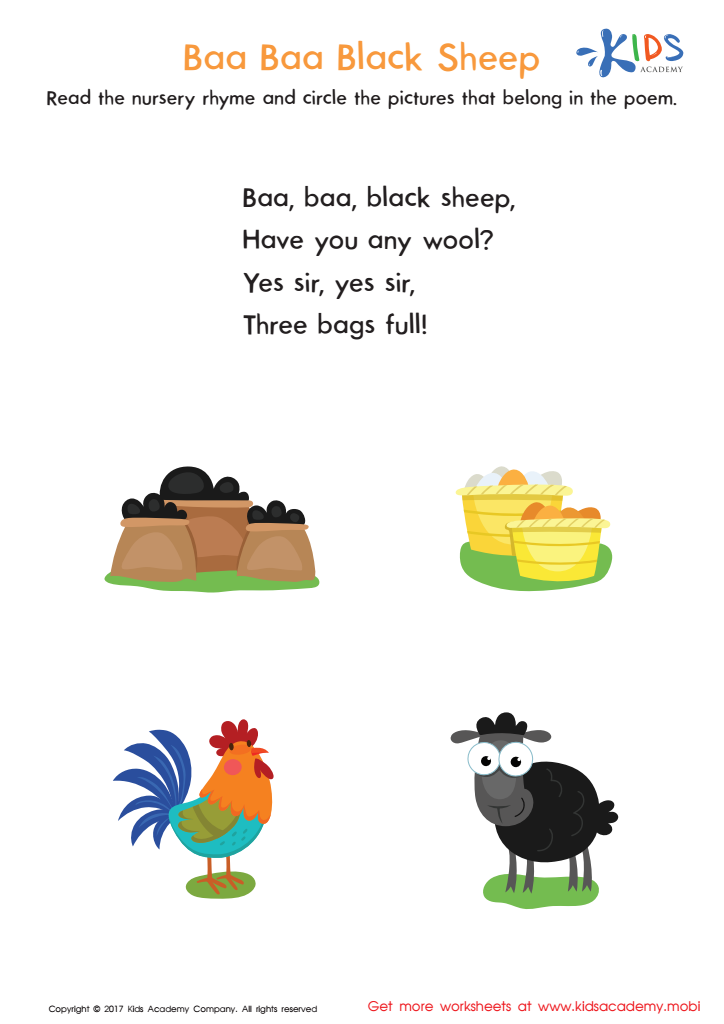

Baa Baa Black Sheep Printable
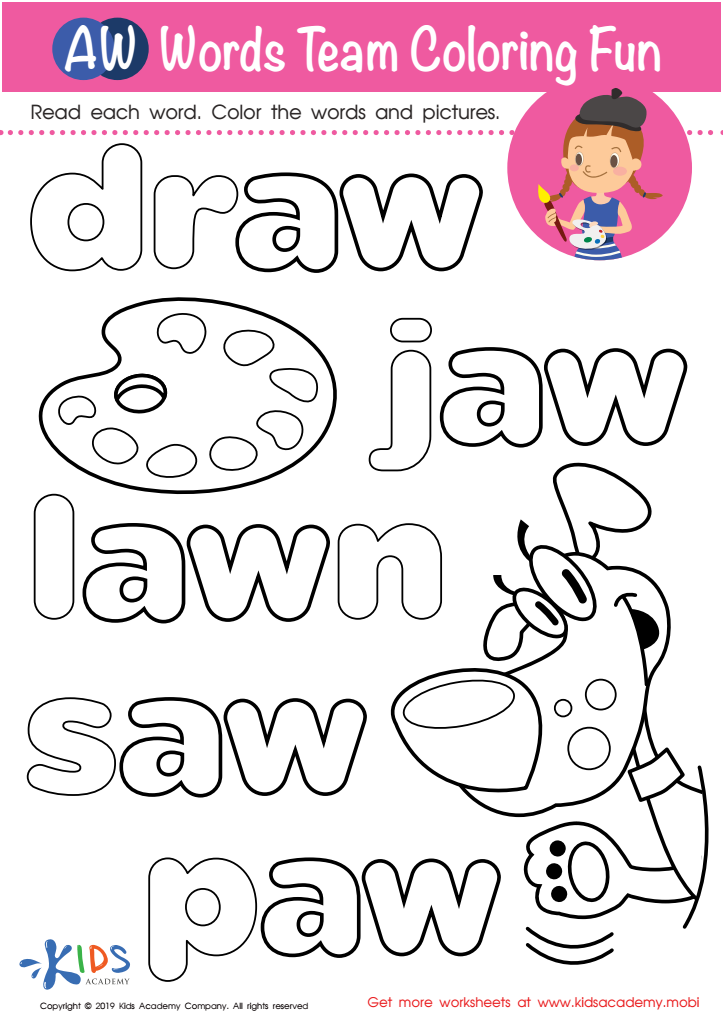

AW Words Team Coloring Fun Worksheet
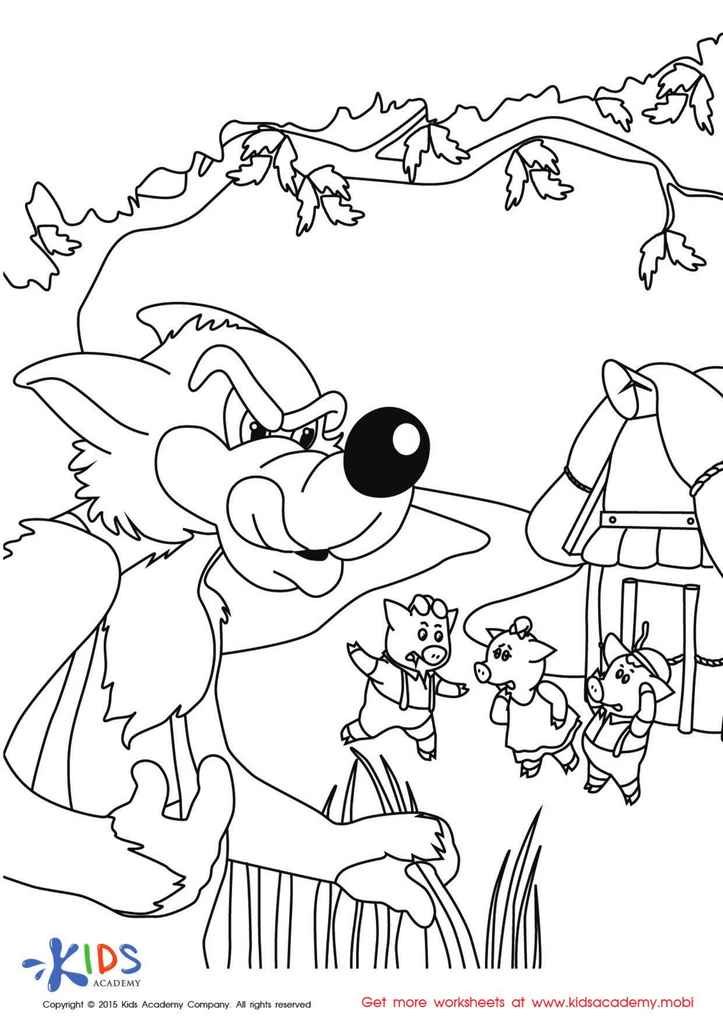

The Story of the Three Little Pigs Coloring Worksheet
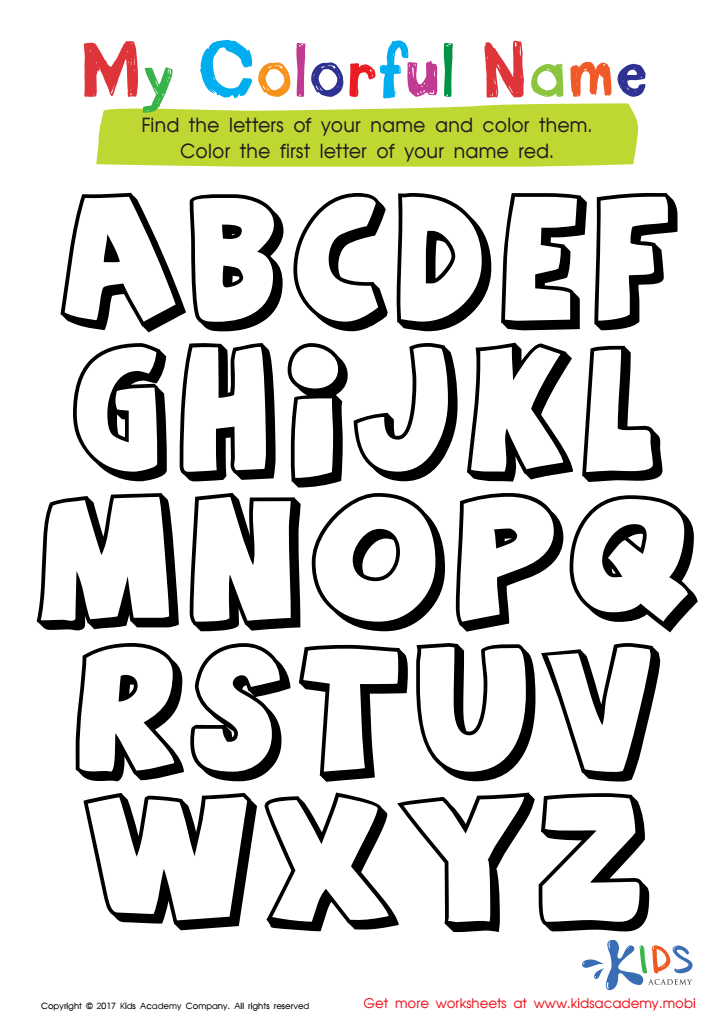

My Colorful Name Worksheet
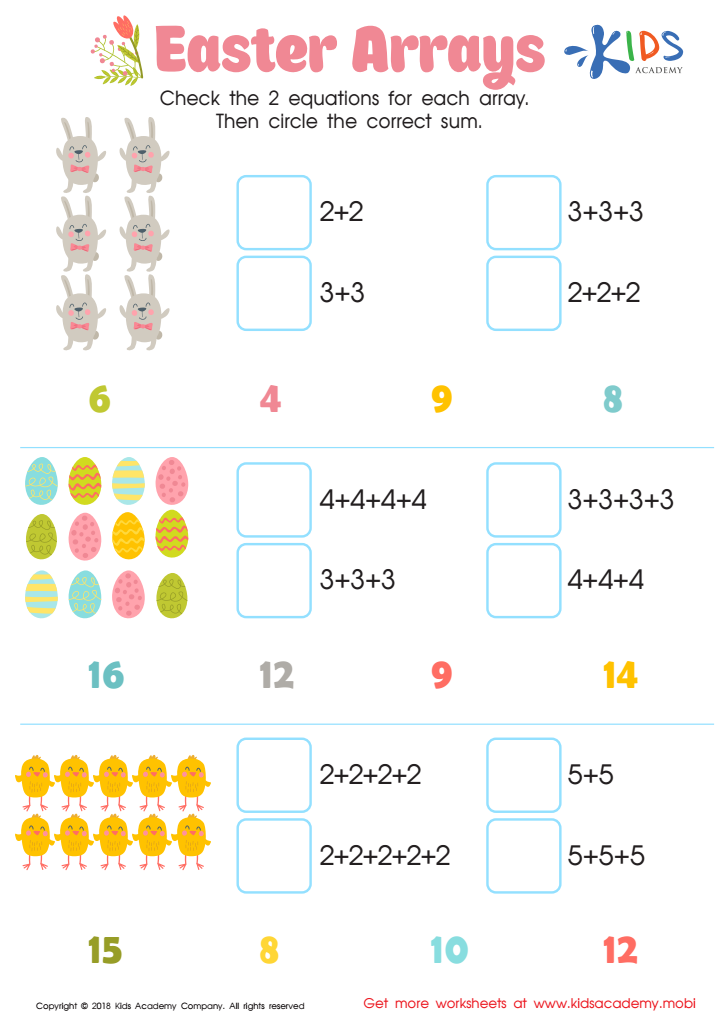

Easter Arrays Worksheet


Red Tracing Color Words Printable
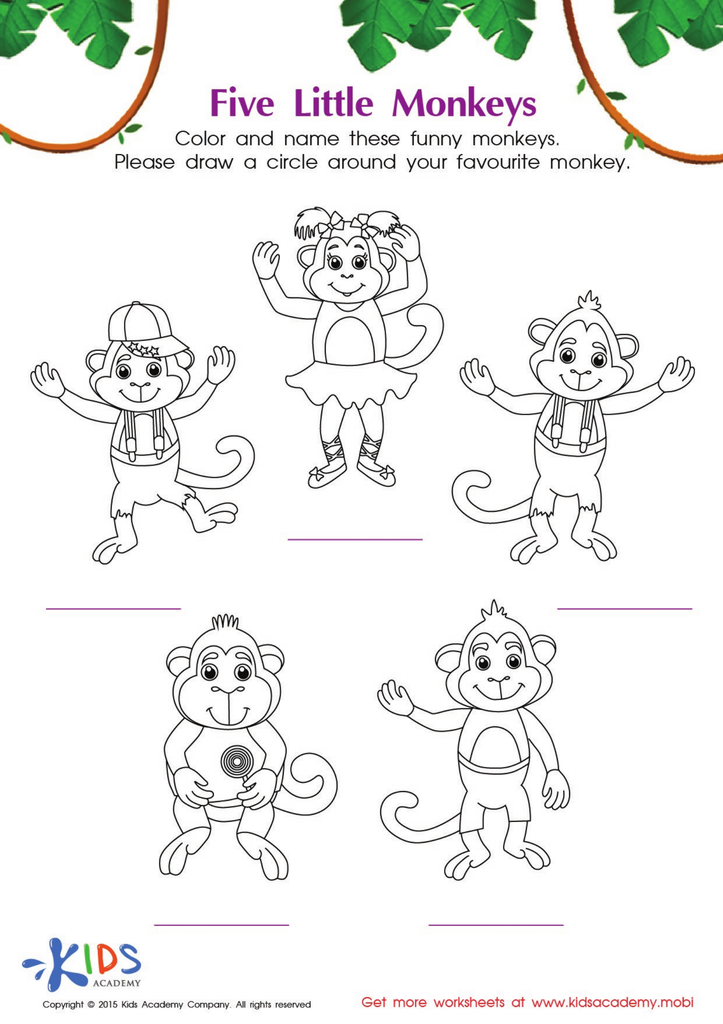

The Five Little Monkeys Coloring Worksheet
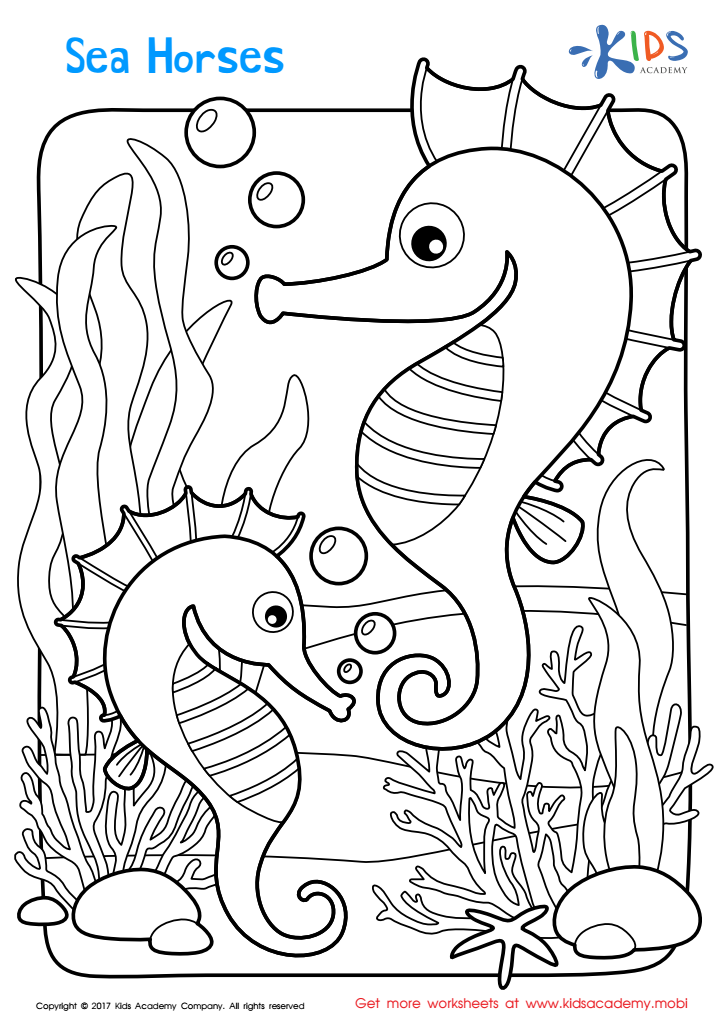

Sea Horses Printable
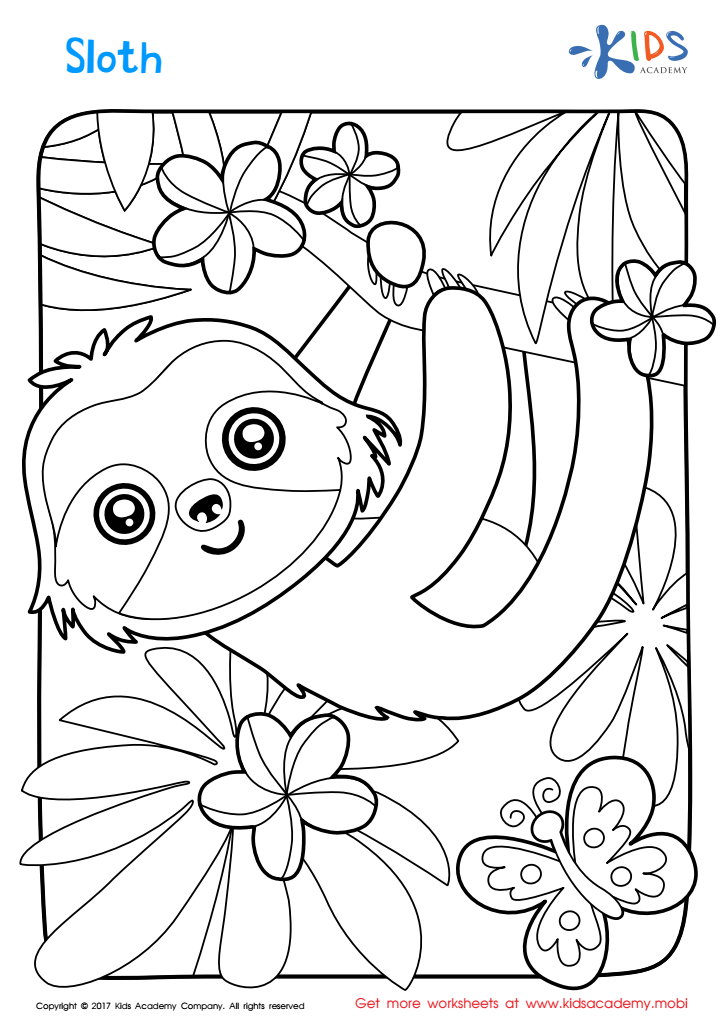

Sloth Worksheet
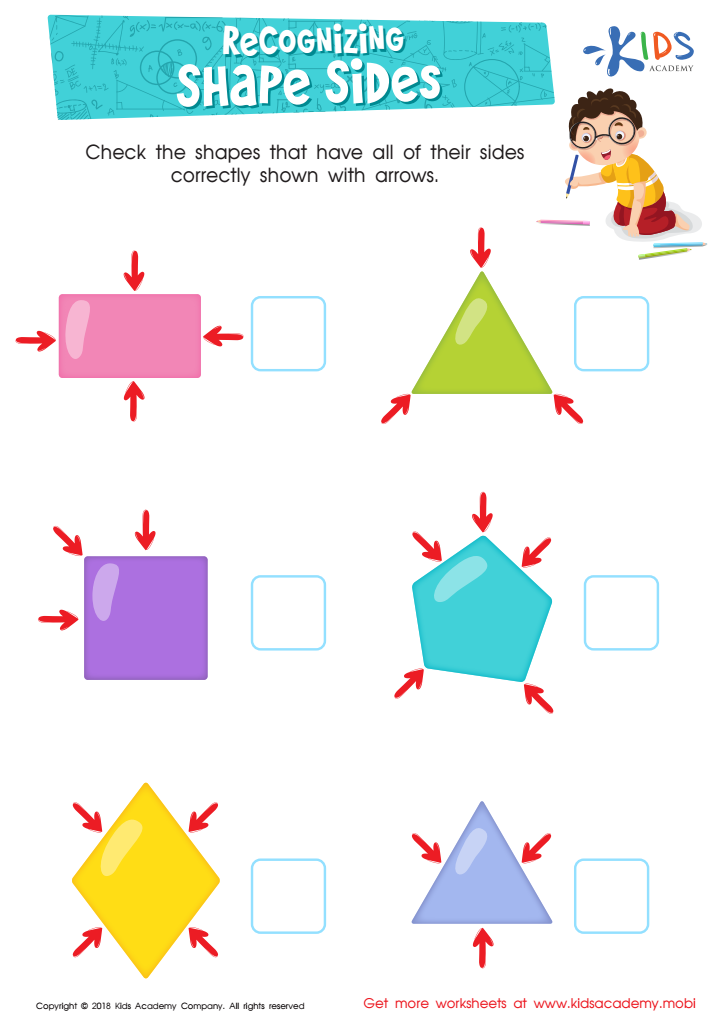

Recognizing Shape Sides Worksheet
Color identification is a crucial developmental milestone for children ages 8-9, with far-reaching implications across various aspects of their growth and learning. At this stage, color recognition fosters cognitive development, aiding in memory improvement and enhancing categorization skills. Understanding colors can also strengthen language development; children learn to describe objects, scenes, and feelings more accurately and vividly, enriching their vocabulary and conversational abilities.
Moreover, color identification is integral to the learning of more advanced subjects such as mathematics and science. For instance, interpreting graphs, charts, and maps often relies on color coding, which simplifies complex data and supports better comprehension. In the arts, knowing colors allows children to engage more deeply with creative endeavors, improving their ability to mix and apply colors in drawing, painting, and design projects.
Socially and emotionally, color understanding can have profound effects. Recognizing and interpreting colors in the context of social cues—such as reading facial expressions or understanding environmental signs—helps children navigate social interactions more effectively. Finally, there’s a psychological aspect; colors can influence mood and behavior. Being able to identify colors thus contributes to self-expression and emotional well-being, laying a foundation for a well-rounded, observant, and articulate individual. So, nurturing color identification skills in children is a pivotal part of fostering holistic development.

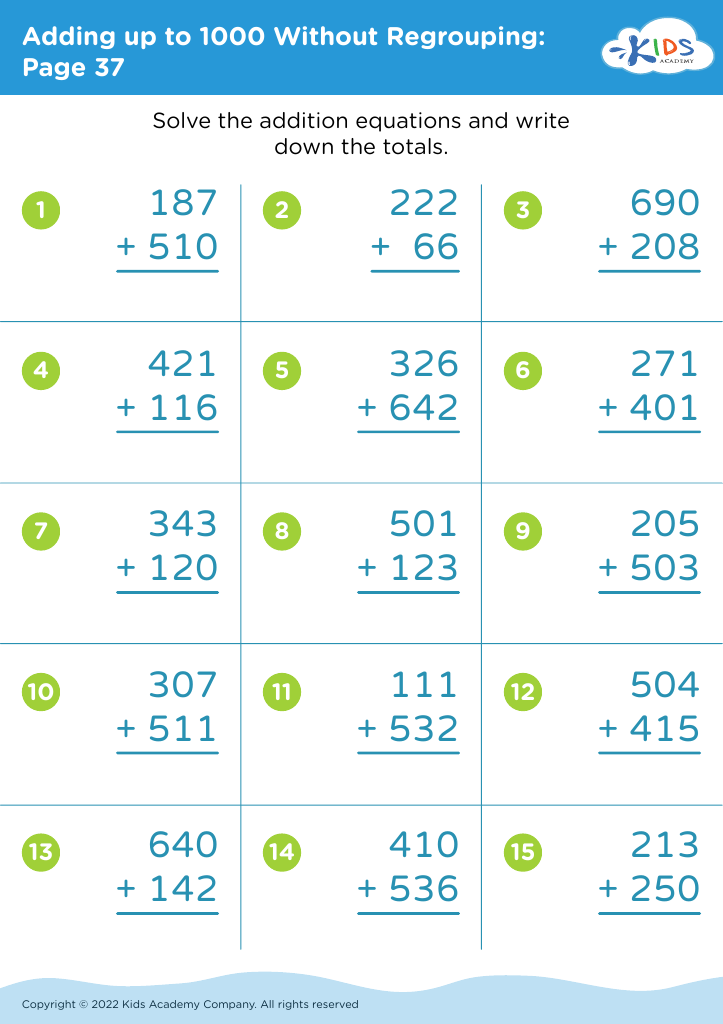


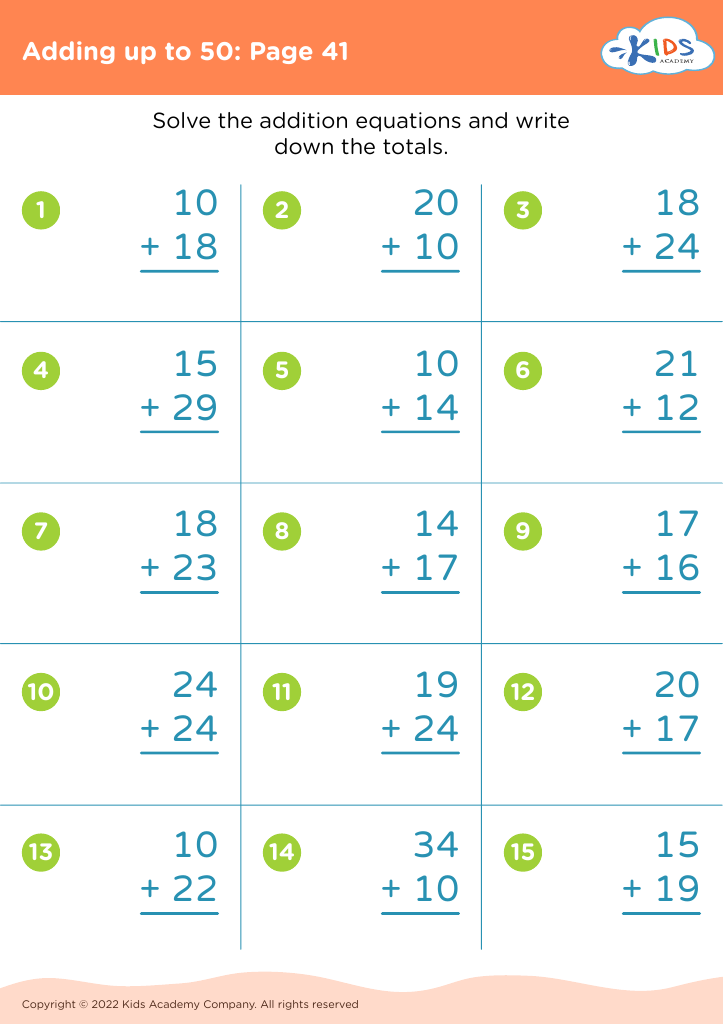
 Assign to My Students
Assign to My Students

